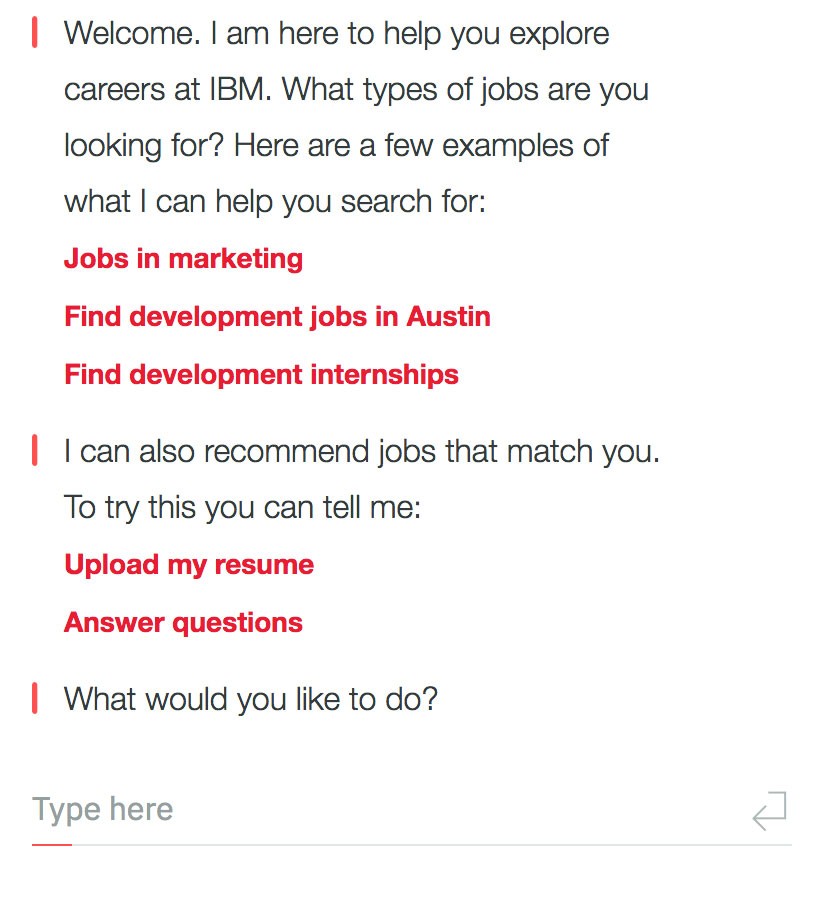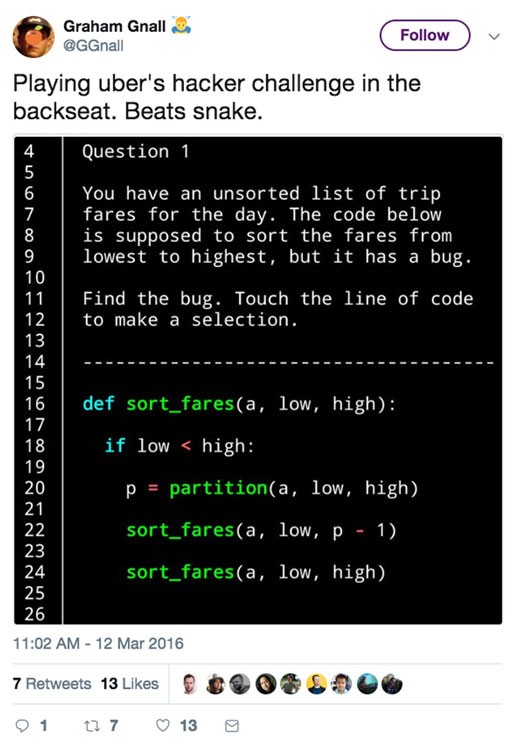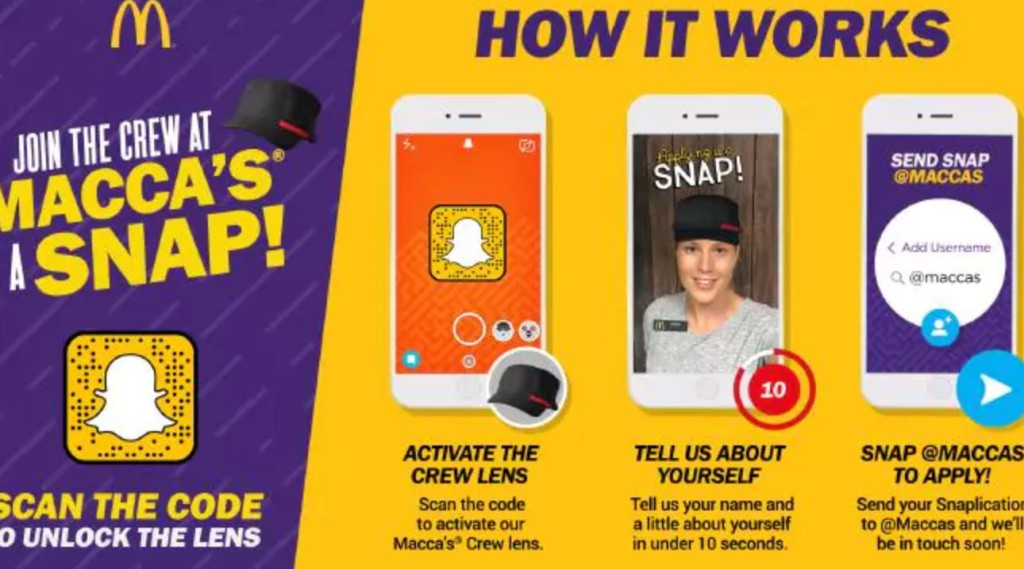3 Innovative Ways That Companies Are Making Their Application Process More Engaging
We’ve all been there: starting a job application and giving up halfway through. Maybe we realized we weren’t as qualified as we thought we were when we started. But more likely, the application process just wasn’t engaging and didn’t allow us to showcase our strengths—so we decided not to waste our time.
Even Steve Jobs felt this frustration. A job application he submitted to an unnamed company in 1973 (three years before the birth of Apple) recently sold at auction for an eye-watering $174,000—despite seeming like it’d been completed (or rather, not completed) in a minute or less. Take a look:
Nobody wants to risk missing out on the next Steve Jobs. To combat this, many companies are figuring out ways to make their application process more engaging and to help candidates self-select whether the job is a good fit for them. Here are some interesting strategies recruiters are trying—and how you can do the same.
1. Uber deploys timed coding challenges to engage potential applicants and test their skills
Candidates who are already passionate about your company can become some of the most loyal and motivated employees. To tap into this talent pool and give candidates an opportunity to show off their skills from the get-go, Uber began using in-app coding and debugging challenges in 2016 to find and engage great engineering talent.
Called “hacker challenges,” these timed tests took just 60 seconds to complete and were offered in cities like Boston and Seattle that are known for their tech talent. Potential candidates who proved their coding prowess were given an email address and encouraged to apply for an engineering role. This helped keep them engaged and eager to continue in the process—and gave the company a way to spot qualified talent who might lack conventional experience.
Uber also partnered with CodeFights to offer coding buffs the chance to go head-to-head with its company bot, UberBot. Challengers are given three to five short tasks that involve writing code and spotting mistakes in existing code. Beat the bot, and the game will congratulate you and invite you to submit your information to be considered for an open position at Uber.
Building challenges into your company’s website, social media channels, or apps is a great way to find candidates who already know your company and are interested enough to follow. Tailor the challenge to the job requirements, and you’ll find applicants are thrilled to have the chance to shine.
2. McDonald’s removes friction for high-volume roles by making applications quick and easy (and uses a platform candidates love)
Research shows that conversion rates increase by 365% when a job application takes five minutes or less to complete. In 2017, McDonald’s took this to the next level, letting candidates apply with 10-second videos over Snapchat. This makes it easier to fill high volume roles by removing unnecessary complications and focusing instead on one of the core requirements of the job—strong communication skills.
To apply, interested candidates can scan a code in the Snapchat app, which redirects them to the company’s career page. It also unlocks the “Crew lens,” letting them try on a virtual McDonald’s uniform—a simple but fun way to make the process more engaging—helping candidates envision themselves in the role.
Then, kitted out in their crew member uniform, the candidate simply has to record a 10 second video including their name and a little information about themselves, before sending the snap off for the recruiting team to review.
McDonald’s first tested its “snaplication” process in Australia before rolling it out in the US in June. Unlike many traditional approaches, it gives candidates a chance to share a bit of their personality, which can be really helpful for applicants without much previous experience to rely on. They can also use the app to hear current employees talking about their experiences—another easy way to boost engagement.
“Snaplications” make it quick and easy for young job seekers to apply using a platform they’re comfortable with and enjoy. Even if you don’t fancy using Snapchat to recruit, tailoring your application process to match the habits of your target audience can go a long way toward keeping candidates engaged and avoiding abandoned forms.
3. IBM uses artificial intelligence to help applicants apply for jobs they’ll excel in
IBM has spent decades experimenting with artificial intelligence (AI), so it’s no one's surprise that the tech giant uses its own AI platform, Watson, to enhance its hiring process.
Using a cognitive-infused tool called “Watson Candidate Assistant,” IBM is able to personalize the candidate experience and guide potential applicants toward the jobs they’re best suited for. When a job seeker visits the company’s career site, they’ll see an option to let Watson help them find a job. Clicking this prompts the AI to engage with the candidate, asking questions about their skills, work experience, passions, and more.
The candidate can also ask Watson questions to learn about things like the company’s values and compensation. This back-and-forth allows Watson to learn what the candidate is best at and what matters to them in a job and company, helping it match them to a role they’ll love.

“So far, we have seen 86% of individuals engage with Watson,” she reveals in a post on LinkedIn. “And 35% more people apply for a job based on their interaction with Watson.”
Building AI capabilities into your process can boost the candidate experience by creating a more personalized journey. Candidates can find jobs they’re well suited for, even if they’d never considered them before—and self-select out of roles that might not be a good fit.
Make your process more user-friendly so you don’t lose out on great applicants
Don’t let a boring, lengthy application process make you miss the next Steve Jobs. Explore innovative ways to make the process easier and more engaging for candidates, and you’ll find more of them stick with their application right through to submitting.
Those that do will have had a better experience, will be better suited to the role they apply for, and might even have learned something about your company along the way.
To receive blog posts like this one straight in your inbox, subscribe to the blog newsletter.
Related articles







